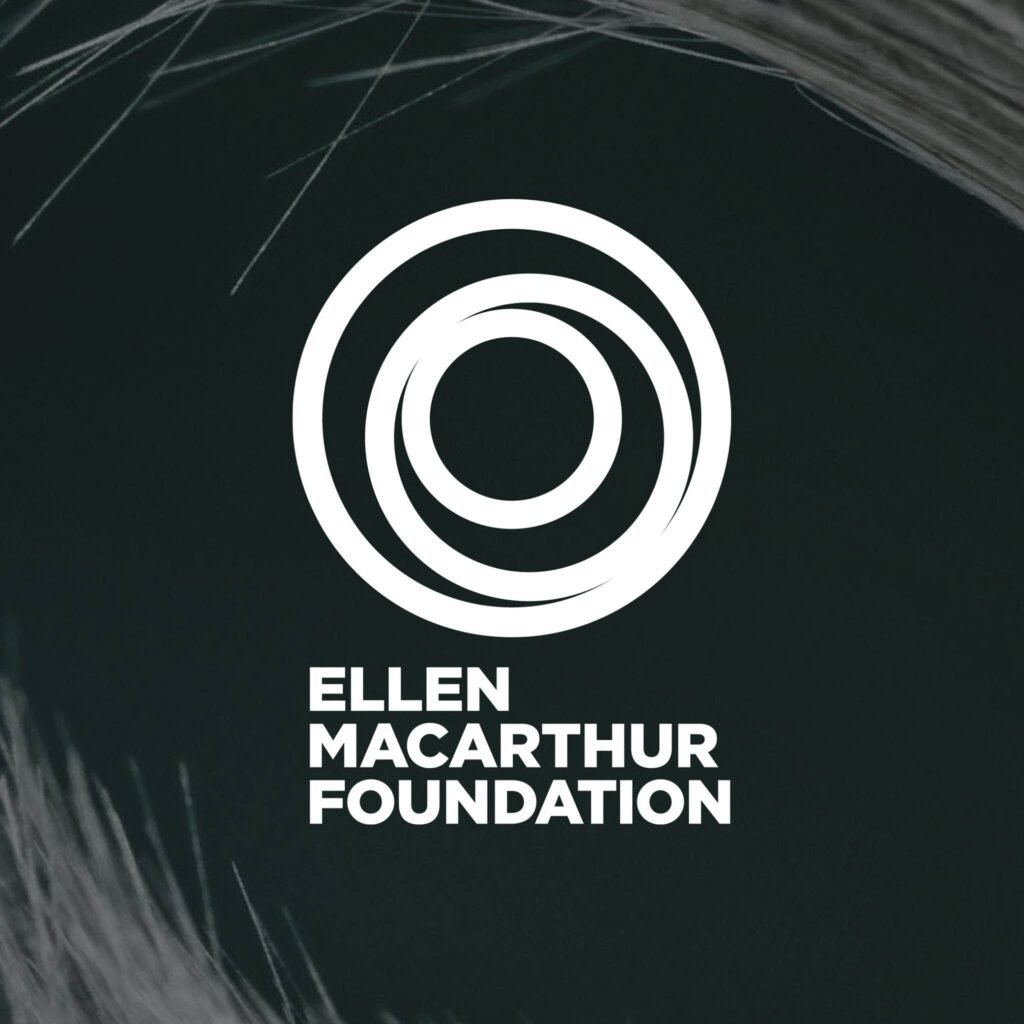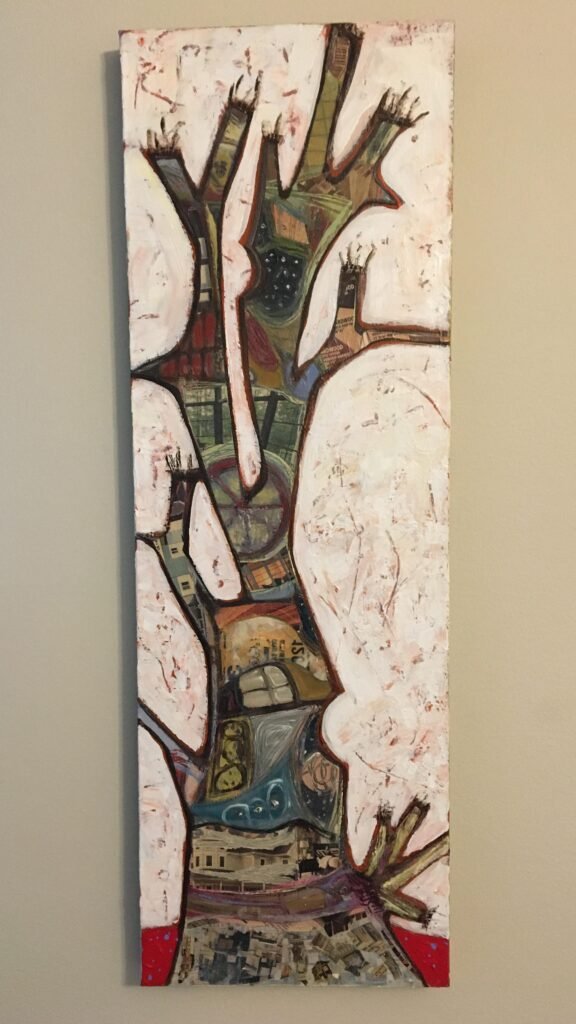Circularity: Restorative and Regenerative
April has become Earth Month and the week that includes Earth Day, April 22nd, has become Earth Week. We are heading into this week as I sit down to write. Very soon thereafter, May 2nd–8th, 2021, is a week that does not get quite as much attention around the world: International Compost Awareness Week (ICAW). This year, an organization in which Collective Resource Compost is deeply involved, Illinois Food Scrap Coalition (IFSC), is creating an online Lunch & Learn Series to celebrate it. This year’s theme, Grow, Eat…COMPOST…Repeat, empowers us to recognize and promote the importance of composting and the use of compost in growing healthier food, supporting healthier soils and, ultimately, creating a more just and sustainable world. You can register here to attend.
I love this year’s theme and not just because it fits in well with my blogpost theme of circularity.
Before today, I had not heard of a woman named Ellen MacArthur. It was only in my research on how exactly I’d approach introducing you to the topic of circularity and the circular economy that her name and the name of her eponymous foundation kept coming up. Their mission is to accelerate the transition to a circular economy. At the Ellen MacArthur Foundation, they develop and promote the idea of a circular economy. They work with, and inspire, business, academia, policymakers, and institutions to mobilize systems solutions at scale, globally.
They had me at inspire. I’m so excited about the treasure trove of information that lives on this website that I want the world to go away while I dig into it. But first, let’s start with a definition. A circular economy is based on the principles of designing out waste and pollution, keeping products and materials in use, and regenerating natural systems. It’s a framework for an economy that is restorative and regenerative by design. Sometimes when trying to wrap your mind around a concept, it’s helpful to think about its opposite. In this case, a linear economy. It goes like this: take, make, use, dispose, pollute. Two pieces of bad news: it’s not sustainable and it’s how most industries operate worldwide, at least since the Industrial Revolution.
In a circular economy, it goes like this: make, use, reuse, remake, recycle. If you watch this short video Explaining the Circular Economy and How Society Can Re-think Progress | Animated Video Essay, you'll get a good idea of the concept.
The part of the Ellen MacArthur Foundation website that is most applicable to what we do here at Collective Resource Compost is a resource called Food and the Circular Economy. Look for the carrots. Coincidence? I think not. If you have time, I’d definitely look at the two sections that precede it: What is the Circular Economy? and The Circular Economy in Detail.
I was taking a walk with a friend recently and we were discussing trees and art. I was telling her about this painting I own that I love but that I intensely dislike its title, The Giving Tree, because it was named after the book by Shel Silverstein with the same title. In this conversation, we discovered that we both disliked the book. For those who are not familiar with the book, it’s about this tree that gives and gives and a boy/man who takes and takes. Someone who likes the book would likely describe it differently.
To me, it sounds a lot like the linear economy.
*Main image © Copyright 2021 Ellen MacArthur Foundation


